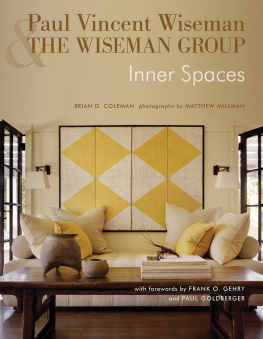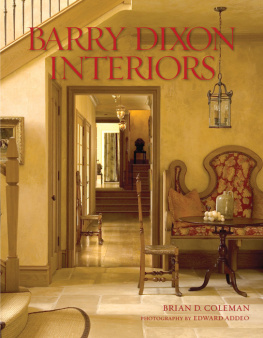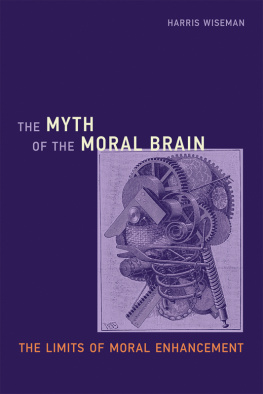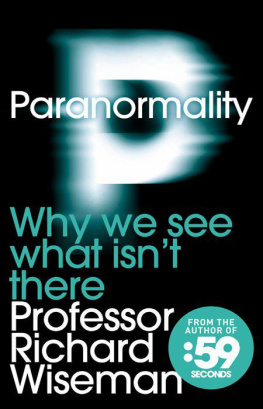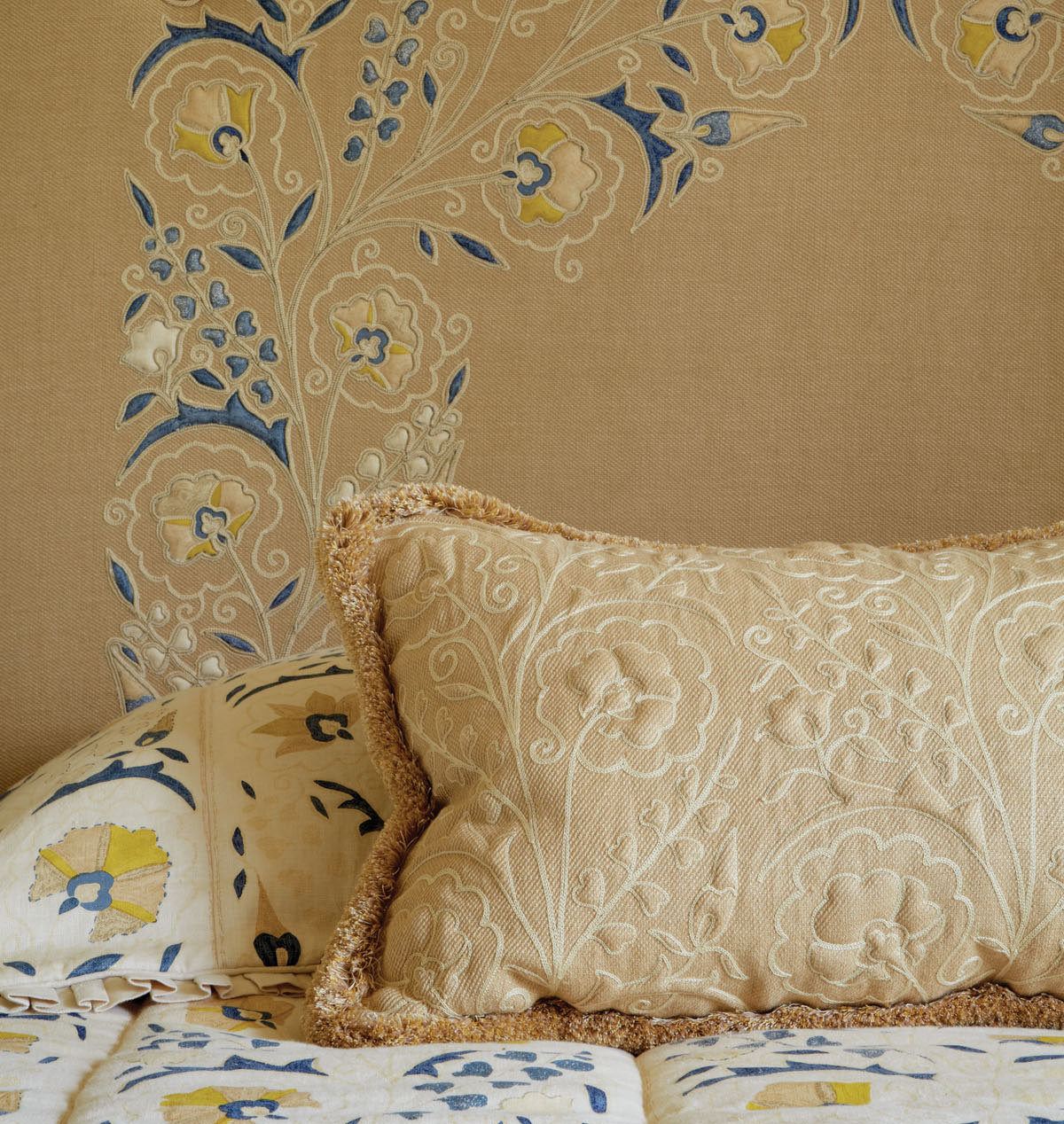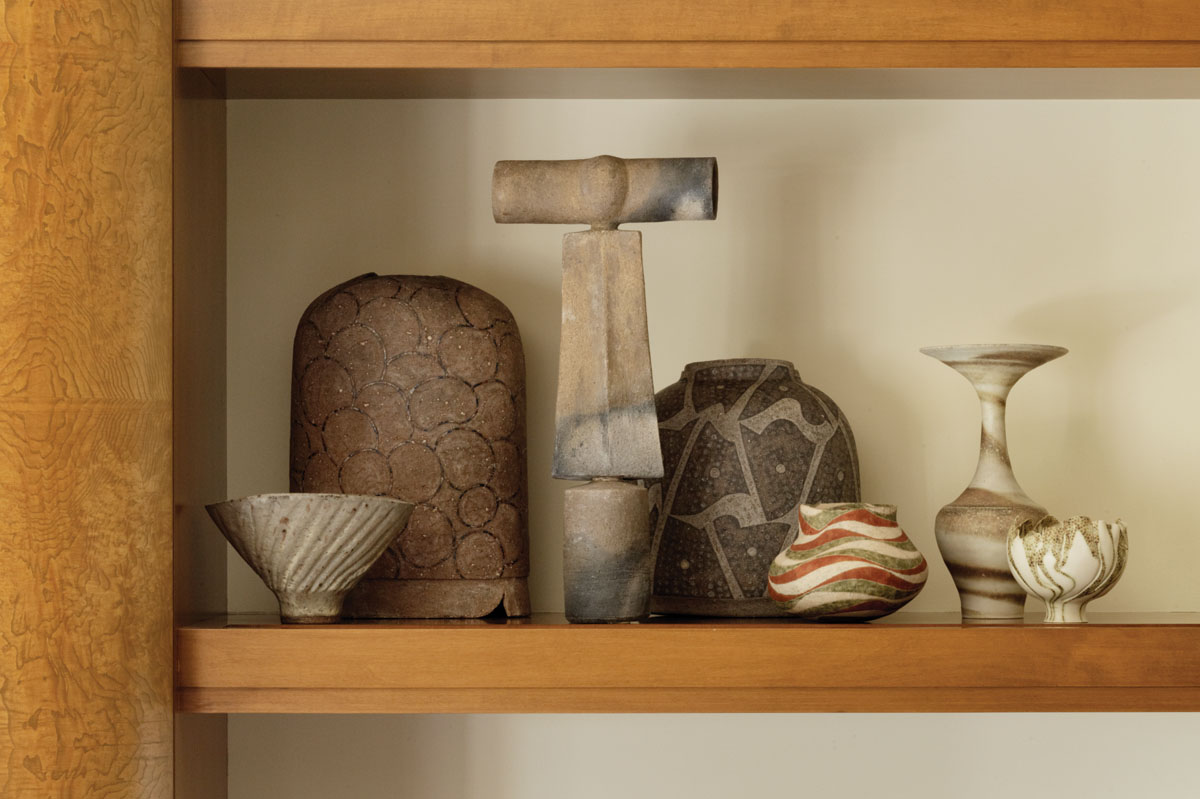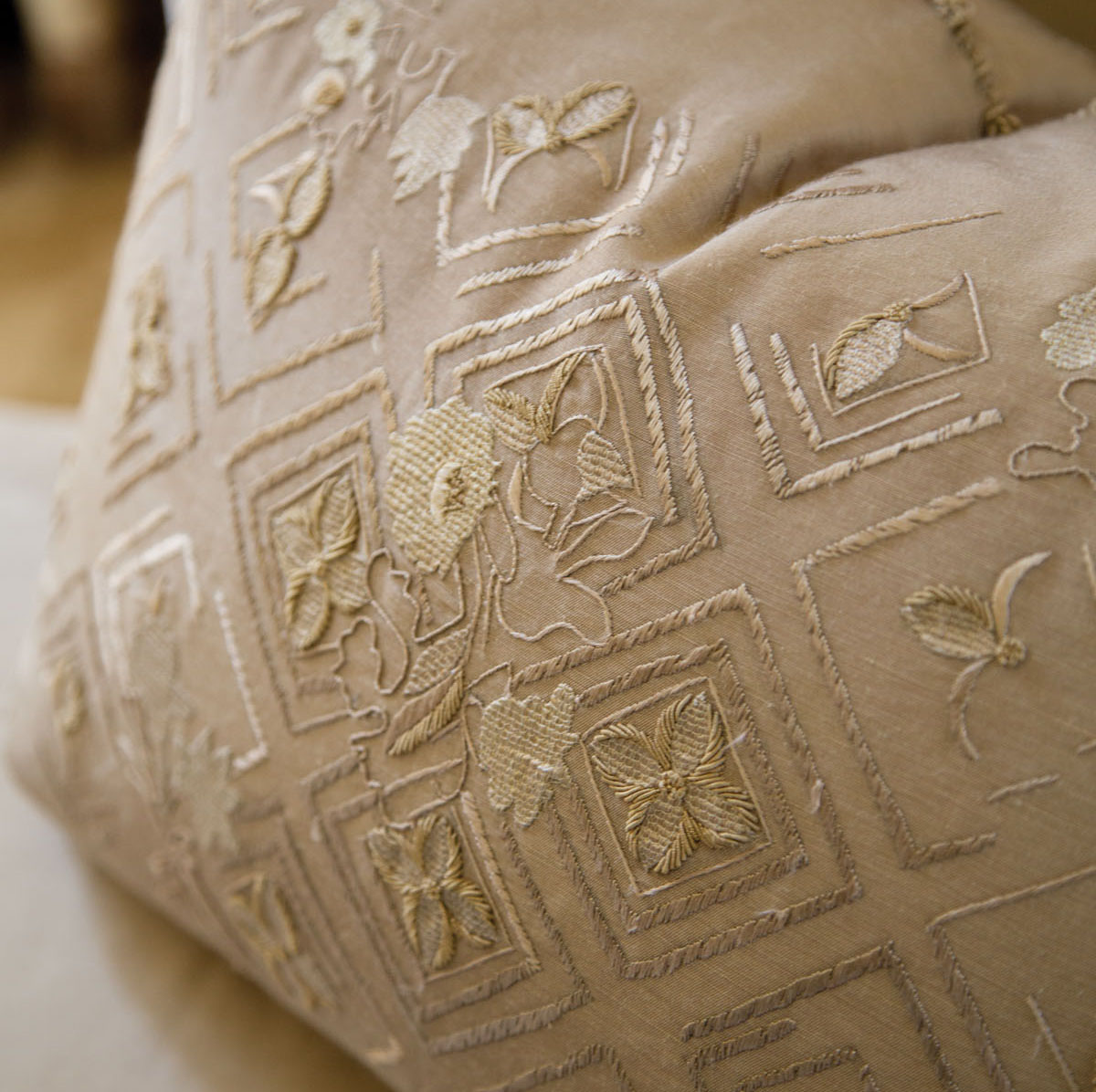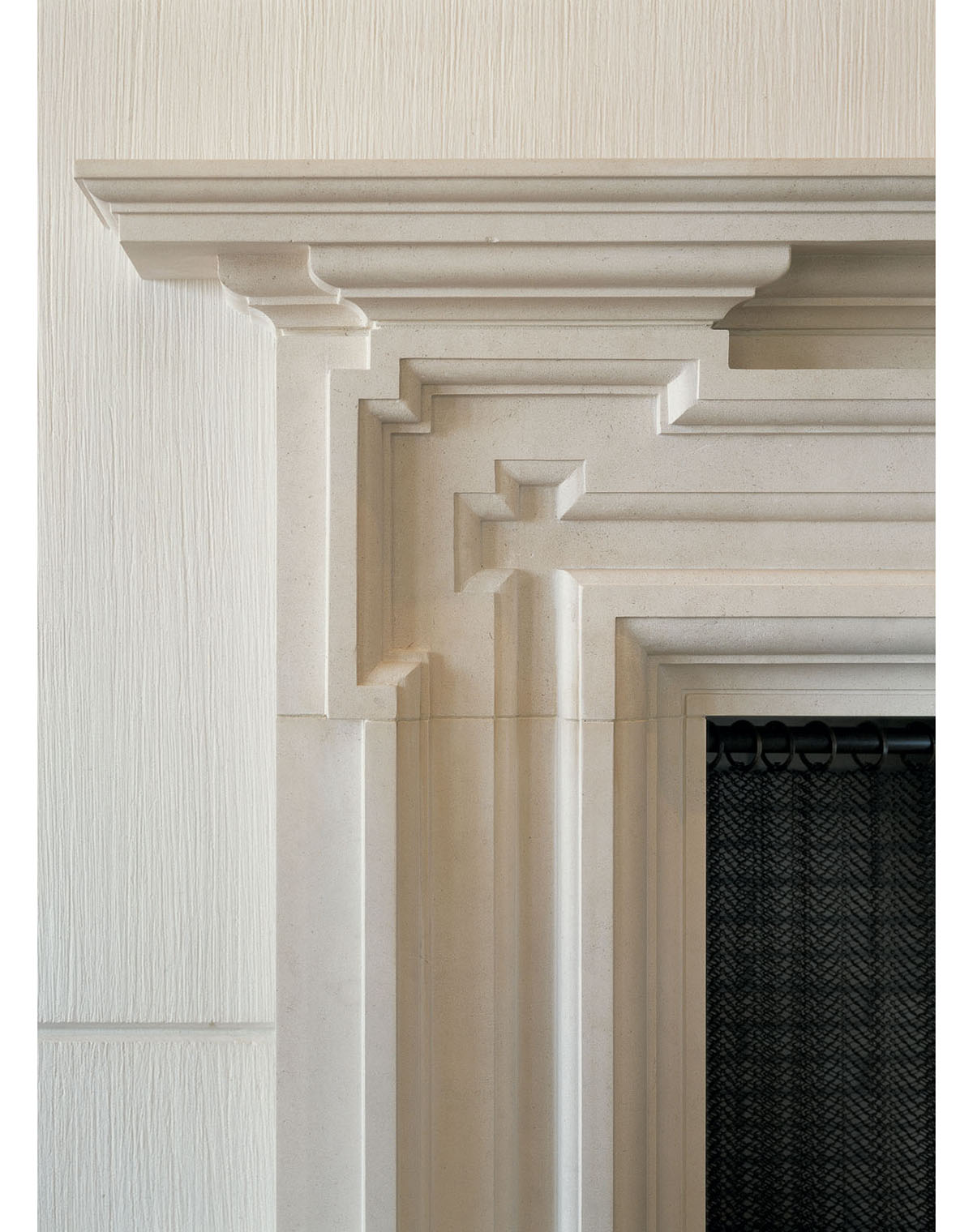Inner Spaces
Paul Vincent Wiseman & THE WISEMAN GROUP
Brian D. Coleman
Photographs by Matthew Millman

Inner Spaces
Paul Vincent Wiseman & THE WISEMAN GROUP
Digital Edition 1.0
Text 2014 Brian D. Coleman
Photographs 2014 Matthew Millman
All rights reserved. No part of this book may be reproduced by any means whatsoever without written permission from the publisher, except brief portions quoted for purpose of review.
Gibbs Smith
P.O. Box 667
Layton, Utah 84041
Orders: 1.800.835.4993
www.gibbs-smith.com
ISBN: 978-1-4236-3337-2
Foreword
I never like to force my own designs on the interior of a clients house. I want people to make it theirs, with furniture and art that is meaningful to them. Thats when it is great to work with a designer like Paul Wiseman. He knows how to make interiors that are accessible and comfortable. He can work in a good range of styles, from more formal and traditional to clean and modern. He can do traditional without being soft and pandering. He can use restraint in a modern home without falling prey to nouveau minimalism. I dont want to be in a room that is highly decorative and overwhelms the senses, but I also dont want to feel like a room is so spare that I cant take my shoes off and relax.
I first met Paul in 1987, early in his career, and have always been impressed with his ability to work with architecture. A lot of interior designers dont know how to do this, but Paul has an intuitive understanding of materials, space, and form. He pays attention to site and context. As a result, his work reflects thoughtful interaction with the architecture of a building. One of the best examples of this skill is his work at the two Legoretta-designed houses in Hawaii, included in this book. The architecture of each is simple and powerful, and Paul has worked with it beautifully. The interiors are rich and colorful while retaining a light feel. The dcor is in harmony with the structures and the topography of their sites.
Though Paul and I are doing distinctly different things in the design world, we have much in common. Our fathers both thought we were dreamers and couldnt understand why we werent pursuing practical careers. They just didnt understand the power of dreaming! As young men, we both moved to Paris for a year. Paul soaked in the richness of European life in one of the worlds great cities. This experience is deep in his design bones.
Paul has had confidence in his own creativity and has given himself permission to think outside the box. It took tremendous courage for him to go out on his own at the age of twenty-seven. I know going out on my own unleashed me, and I sense that it has been the same forPaul. Hes done well because of his natural talent and hunger for visual informationessential traits that Paul possesses beyond his book knowledge and intellect.
As adults, we both developed our crafts in the vibrancy of California livinghe in San Francisco and I in Los Angeles. The ability to absorb all kinds of ideas from the art and design world around us is an important skill we share.
Paul has a strong sense of right and wrong that informs his business practices. I really appreciate this about him. His firm has a reputation for integrity and honesty. Hes realistic with clients about what willbe involved in a project and can account for everythingan approach that is often missing in our fields.
A design project requires someone competent and trustworthy at the helmsomeone who can visualize it all and organize it in his head. You have to be able to work with and understand all the craftspeople, what they can do and what they cant do, and make it all come together. And you have to balance all this with the clients hopes, dreams, and expectations.
Ive always maintained that good clients, ones that are engaged in the process but have a high degree of trust, make for good buildings. They are the most important influence on the work. While the client talks about what he wants, you sniff the air and intuitively pick up the scent. The project magically grows from this collaborative process. Its clear from these pages that Paul has an excellent nose and has engendered the necessary trust from his clients for this kind of magic to occur.
Frank O. Gehry
Los Angeles
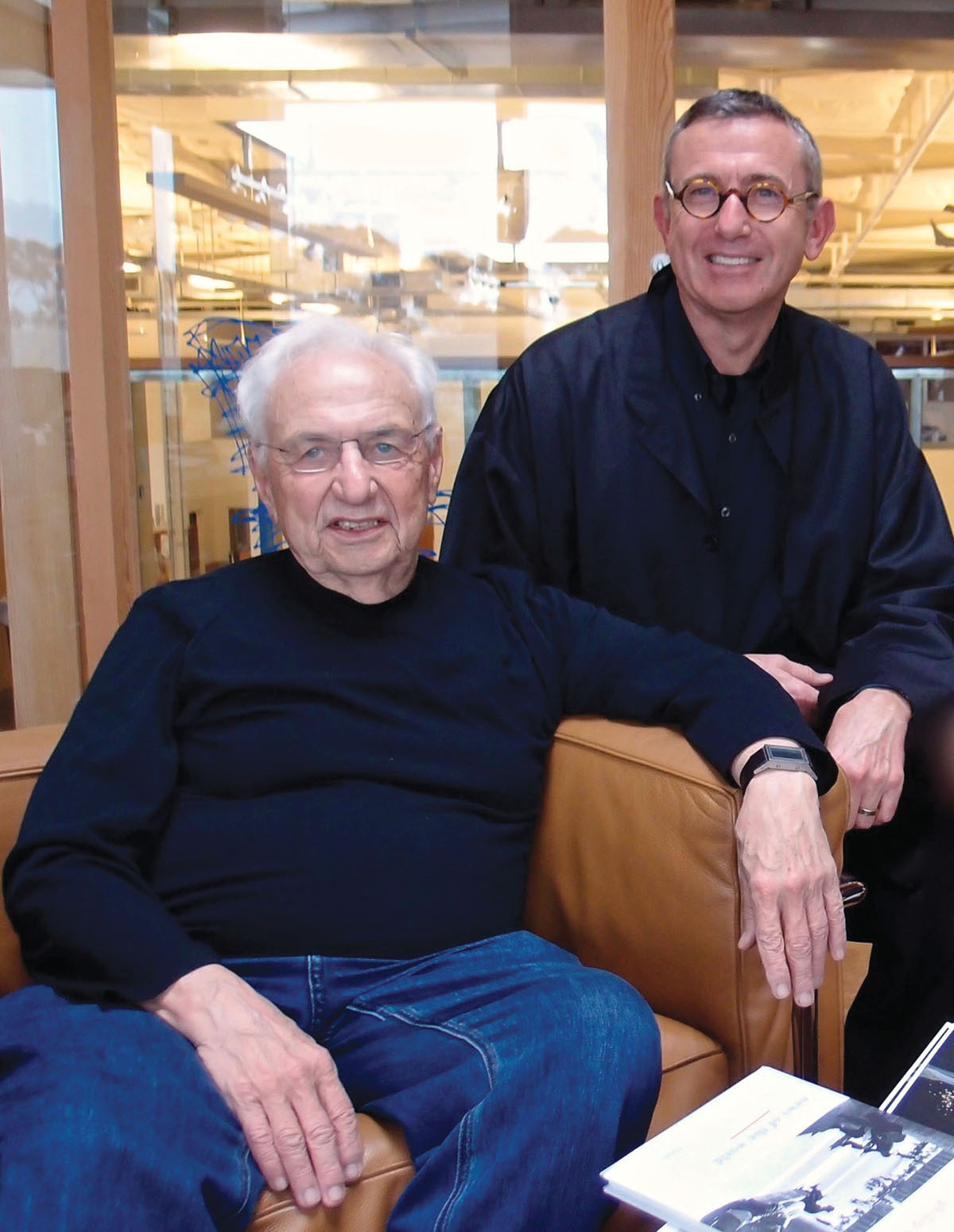
Frank Gehry and Paul Wiseman
Photography by Kirsten Honeyman
Foreword
I t is a commonplace that interior designers and architects do not get along, that designers think architects create impractical structures that they are then hired to fix, while architects think that designers are brought in to destroy the purity of their work. Not for nothing did Frank Lloyd Wright refer to interior designers as inferior desecrators. But if this is a time-honored rivalry, Paul Vincent Wiseman will have none of it. The first thing you realize when you look at his work and read how his projects came together is that he is an interior designer who wants to collaborate with architecture, not cover it up. Many of his best projects are the result of a three-way partnership between the client, an architect, and Paul himself. He realizes that his work has the potential to make architecture look better, and frequently it does. He completes works of architecture, which is very different from getting in their way.
Pauls ability to engage architecture in dialogue comes, I think, from both deep knowledge of architecture and great enthusiasm for ithis world is the world of space as much as it is the world of fabrics and antiques. Indeed, I think its fair to say that he has a greater spatial awareness than almost any designer I know: he looks at rooms three-dimensionally, not as a series of walls, and he is likely to give as much thought to the placement of a tiny ceramic bowl as to an eight-foot sofa.
It is telling that certain wordscurate, comfortable, and serene among themcome up a number of times in the text of this book. I sometimes think that Paul sees himself as a curator as much as a designer, which is surely part of the reason he is such a good designer. He doesnt want to remake the world, just to reassemble its parts in a way that makes for a better life. He is a connoisseur who believes that the best way to honor the things he and his clients respond to is to engage them in dialogue with space, light, and other objects. You might say that his goal is to seamlessly merge a clients life with his own visual sensibility. It is a sensibility that sees comfort and beauty not as opposed, but as reinforcing each other. In the work of some designers, elegance has a certain kind of tension about it, sending the message that perfection is stressful. In Paul Wisemans work, elegance is the road to serenity.
Paul Goldberger
New York

